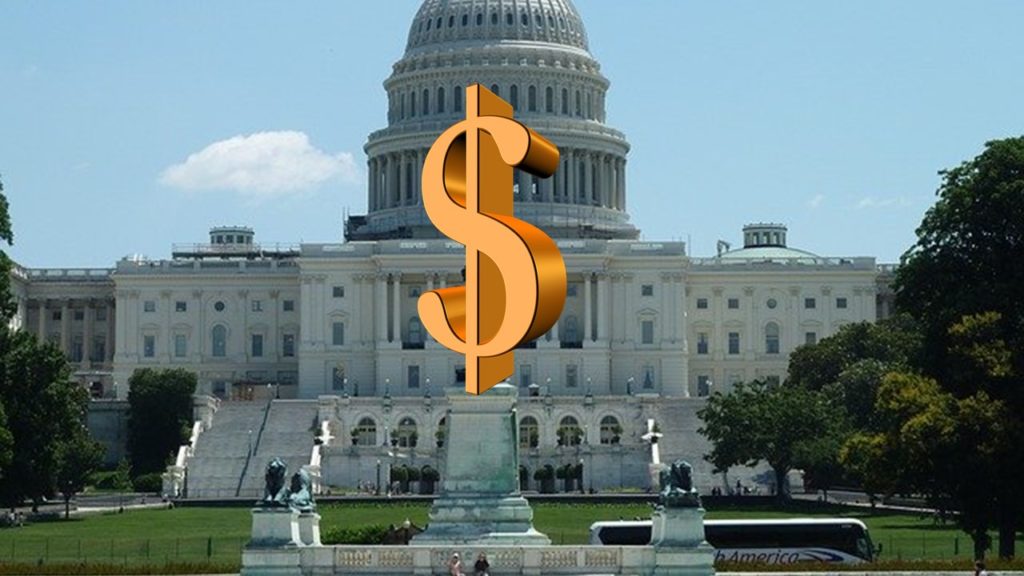Finance 101: Public finance
In this third and final installment of finance 101, we will review public finance. Public finance, also known as Government Finance, oversees taxing, governmental spending, budgeting, and debt-issuance policies that affect how a government pays for the services it provides to the public.

Public Revenue sources
By overseeing the distribution of resources, income and economic stability, the federal government helps prevent market failure. Regular funding is secured mostly through taxation. Citizens contribute via taxation through income tax, sales tax, property tax, estate tax, value added tax and import tariffs. Borrowing from banks, insurance companies, and other nations also helps finance government spending.
Public Expenditures
In addition to managing money in day-to-day operations, a government body also has social and fiscal responsibilities. A government is expected to ensure adequate social programs for its taxpaying citizens and to maintain a stable economy so that people can save and their money will be safe.
All of this costs money. Expenditures are everything that a government spends money on. That includes social programs, education, and infrastructure. The point of these expenditures is aimed at sharing the wealth in a way to benefits society as a whole. Examples of social programs that are government expenses include healthcare, employment insurance, pensions, education, military defense, infrastructure (roads, sewers, and utilities, etc.) When the government shuts down over budget differences, it is usually over how much money to allot to favorite programs of differing parties and districts.
Budget
Part of the responsibility of overseeing the distribution of resources in handled through the budget. The budget is the plan of what will be spent within a fiscal year. In the United States, the president submits a budget proposal to congress. The House and Senate then create bills for certain portions of the budget, for the president to sign into law.
Regardless of the fiscal and social responsibilities, a country’s financial position is regularly evaluated. This is done using methods similar to those used when evaluating a business’ financial statements.
Deficit vs Surplus
If we are covering public finance, we really need to mention the deficit or the rarer surplus. When the government spends more than it collects, there is a deficit that year. If the government spends less than it collects there is a surplus that year. In instances where the government has a deficit, it funds the difference by borrower money and issuing debt. In the United States, debt is issued by the US treasury, but the office of Debt Management decides whether to sell government securities in the case of a deficit.
We only scratched the surface of government or public finance. Like any huge corporation, there are multiple levels of each of the revenue collection, provision of social services, budgeting income and expenses. Each level has its responsibilities and deficit or surplus that will be experienced. Any corporation that operates in a deficit for too long a period without paying the debt can go into default. When governments operate at a deficit too long, from cities like Detroit, to countries like Greece, they also risk financial default.
Here at Americore, we have a lot going on in the coming months. Check back in a couple of weeks for updates.
